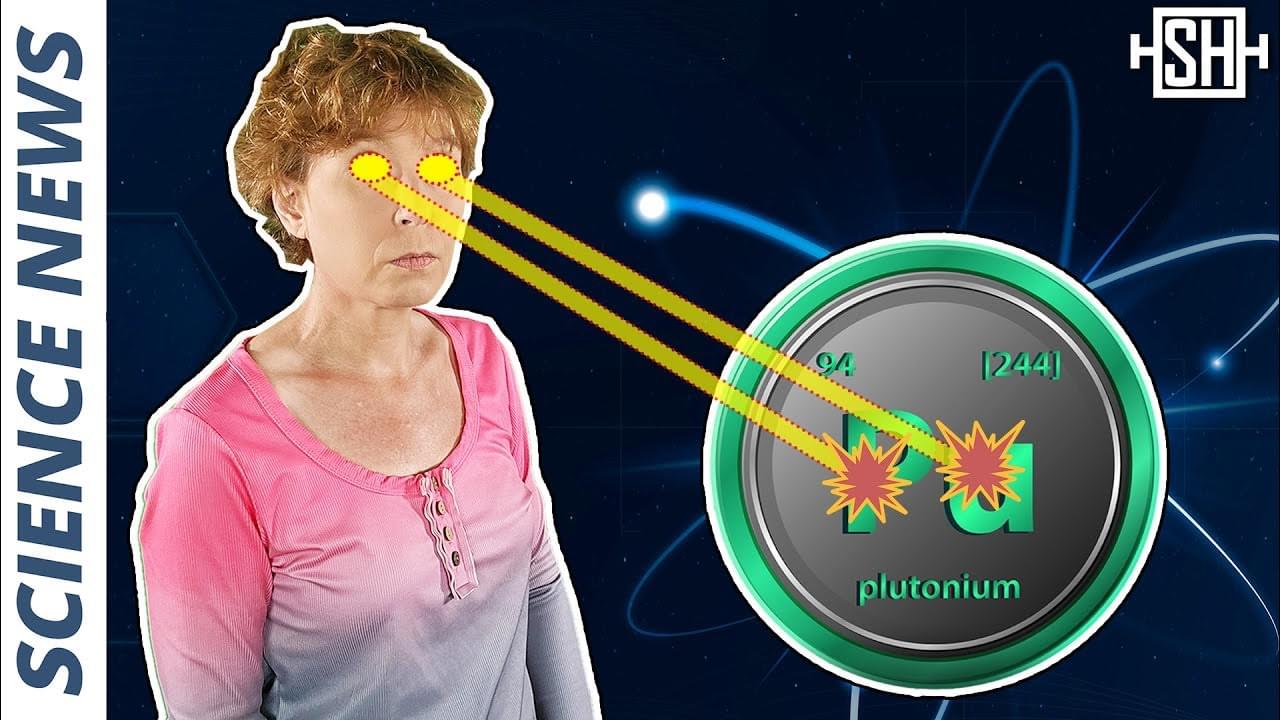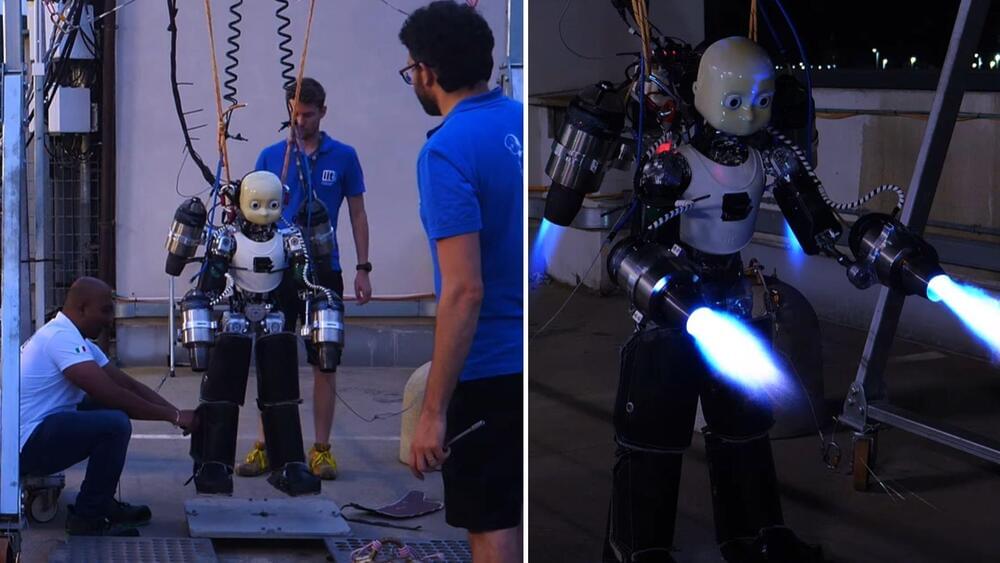Aug 20, 2024
Lightning sparks the discovery of a new electromagnetic wave
Posted by Genevieve Klien in category: climatology
New electromagnetic wave discovery reshapes our understanding of the impact of lightning on Earth’s magnetosphere.
New electromagnetic wave discovery reshapes our understanding of the impact of lightning on Earth’s magnetosphere.
Cosmic surveys suggest the force pulling the universe apart might not be constant after all.
Imagine sitting in the center of a firework that has just exploded. After the first flash of light and heat, sparks fly off in all directions, with some streaming together into fiery filaments and others fading quickly into cold, ashy oblivion. After a moment more, the smoke is all that remains—the echo, if you will, of the firework’s big bang.

Try one of the new courses added each month on Brilliant! First 30 days are free and 20% off the annual premium subscription when you use our link ➜ https://brilliant.org/sabine.
Nuclear power is one of the most promising ways to create a clean, cheap, and consistent flow of electricity. Unfortunately, it also produces radioactive waste, which can stick around for…a very long time. However, that waste issue might just be changing thanks to a process called transmutation. A Swiss company just got approval for the first accelerator-driven nuclear reactor that can do transmutation. How does this work? Let’s take a look.
Every clear night for the last three weeks, Bob Stephens has pointed his home telescope at the same two stars in hopes of witnessing one of the most violent events in the universe—a nova explosion a hundred thousand times brighter than the sun.
The eruption, which scientists say could happen any day now, has excited the interest of major observatories worldwide, and it promises to advance our understanding of turbulent binary star systems.
Yet for all the high-tech observational power that NASA and other scientific institutions can muster, astrophysicists are relying on countless amateur astronomers like Stephens to spot the explosion first.

Enjoy the videos and music you love, upload original content, and share it all with friends, family, and the world on YouTube.
Consciousness creep.
Our machines could become self-aware without our knowing it.
Our machines could become self-aware without our knowing it. We need a better way to define and test for consciousness.
KAN 2.0: Kolmogorov-Arnold Networks Meet Science.
Ziming Liu, Pingchuan Ma, Yixuan Wang, Wojciech Matusik, Max Tegmark MIT 2024.
Artificial Intelligence (AI) and science are two powerful forces that seem, on the surface, to be at odds with each other.
Continue reading “KindXiaoming/pykan: Kolmogorov Arnold Networks” »

IIT reveals advances in the world’s first jet-powered humanoid robot, showcasing its experimental area and early validation efforts.
In the search for new particles and forces in nature, physicists are on the hunt for behaviors within atoms and molecules that are forbidden by the tried-and-true Standard Model of particle physics. Any deviations from this model could indicate what physicists affectionately refer to as “new physics.”
Caltech assistant professor of physics Nick Hutzler and his group are in pursuit of specific kinds of deviations that would help solve the mystery of why there is so much matter in our universe. When our universe was born about 14 billion years ago, matter and its partner, antimatter, are believed to have existed in equal measure.
Typically, matter and antimatter cancel each other out, but some kind of asymmetry existed between the different types of particles to cause matter to win out over antimatter. Hutzler’s group uses tabletop experiments to look for symmetry violations—the deviant particle behaviors that led to our lopsided matter-dominated universe.
